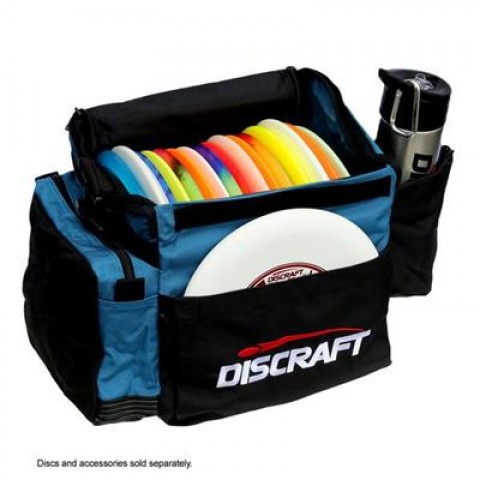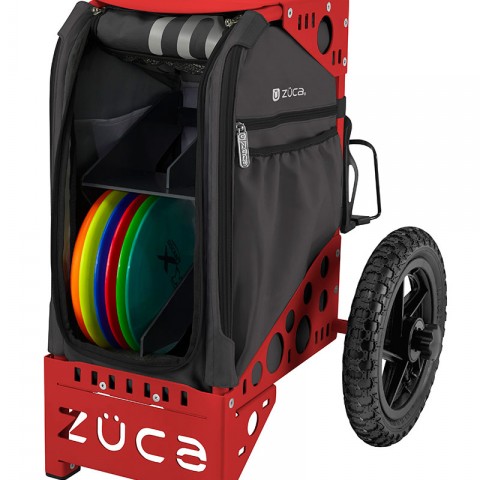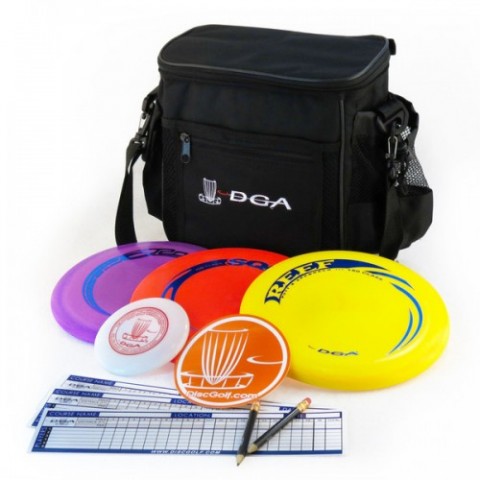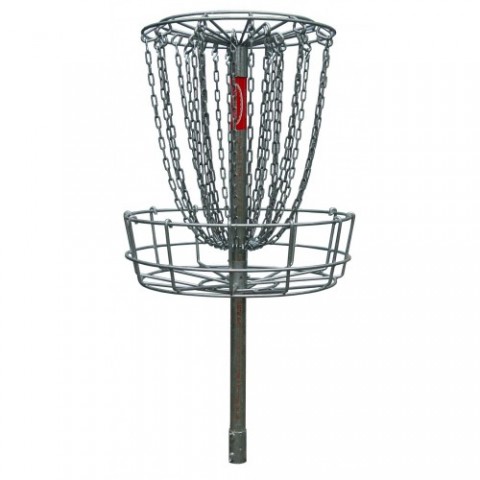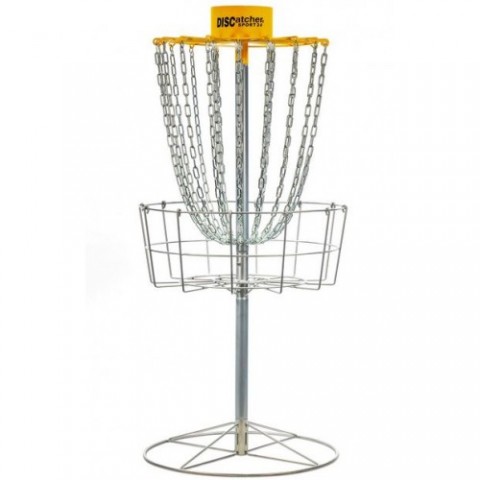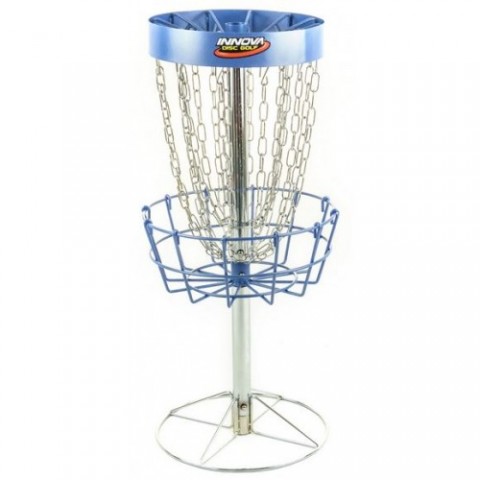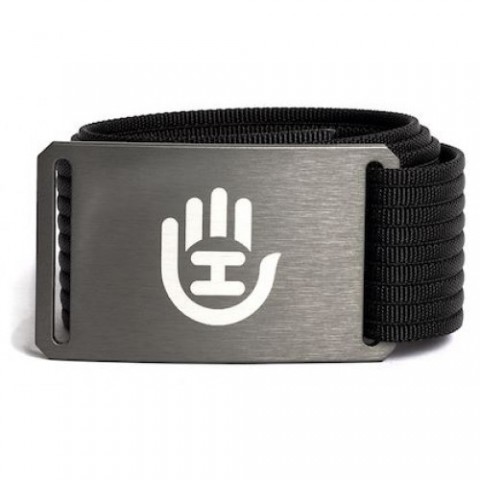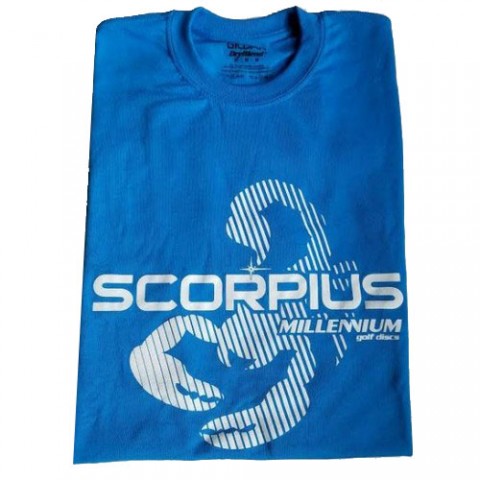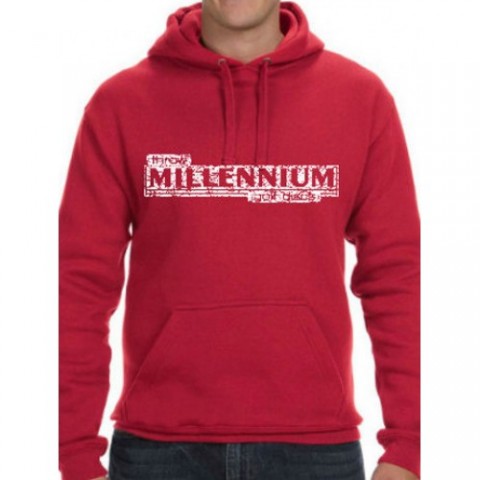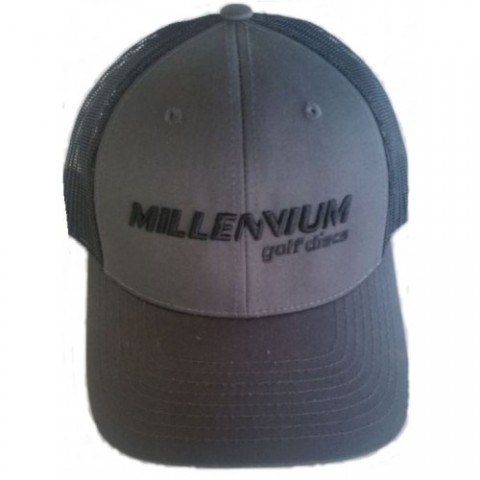Disc golf discs are like golf clubs in that they are designed to produce a variety of flight paths within a variety of playing conditions. Golf discs are designed to fly various distances, from maximum distance to putting distance. Some are used for highly controlled short distance shots. Some go straight, turn left or turn right which refers to a disc's flight characteristics. Although some discs are described as beginner friendly, they are not just for beginners! Many top pros use these same great discs!
Choosing Discs - Resist the temptation to try lots of different discs. Concentrate on learning to throw only one disc until you develop a feel for throwing golf discs. The game of disc golf can be played using just one multi purpose or mid range driver. This type of disc is easier to control than a long range driver. It's a good idea to start with a lighter weight disc as it is easier to control than a heavier disc. Once you get the feel, you can try for more distance with a longer range driver.
When choosing a disc, you not only want to consider the type of disc (long range driver, mid range driver, putt and approach), but its stability (flight characteristics), weight and type of plastic.
About Stability - Stability refers to a disc's flight characteristics, i.e. its tendency to fly straight, turn right or turn left. Manufacturers have different ways of describing flight characteristics, but generally speaking, here are the basics. Think about the direction of the spin as a disc is thrown.
Understable is a term that describes the overall flight pattern of golf discs, i.e. where they land compared to their starting point.
* Understable discs are the most beginner friendly.
* They turn in the same direction of their spin during the initial stages of their flight when thrown flat, straight and with average power. Towards the end of their flight as they lose speed, all spinning discs tend to fall in the opposite direction of their spin, but not so much for understable discs. Therefore...
* RHBH (right handed back hand) and LHFH (left handed fore hand or 'Flick') throws will spin right (clockwise) and turn to the right. Opposite for lefties, i.e. LHBH (left hand back hand) and RHFH (right handed fore hand or 'Flick') throws will spin left (counter clockwise) and turn left.
* They turn in proportion to the speed of release. RHBH fast released discs fly in the direction of their spin longer and further before they eventually tail off to the left at the end of their flights, therefore ending much more to the right compared to their starting point. Slower released discs will not see much movement in the direction of their spin, fly rather straight and then quickly fall opposite the direction of their spin as they lose speed, i.e. ending less to the right compared to the starting point.
* Great for beginners but also used by pros and experienced players for various specialty shots.
* Easiest for new players to control.
* Provide the most distance for beginning disc golfers.
* Use them for anhyzer shots on a dogleg right or for roller shots.
* Generally not used in a headwind as they are too unpredictable.Stable is a term that describes the overall flight pattern of golf discs, i.e. where they land compared to their starting point.
* Most are great for beginners with at least a little experience; some are great for brand new beginners. All are also found in the bags of many pros.
* Tend to fly rather straight and basically don't turn or fade when thrown flat, straight and with average power.
* Very consistent.
* Indispensable.Overstable is a term that describes the overall flight patterns of golf discs, i.e. where they land compared to their starting point.
* Overstable discs are recommended for players with experience and power. They are NOT considered beginner friendly.
* Comparable to a 'Hook' in ball golf.
* Fade rather quickly opposite their spin (hook) when thrown flat, straight and with average power. Which means...
* RHBH (right hand back hand) and LHFH (left handed fore hand or 'Flick') throws spin right (clockwise) and fade (hook) left. Opposite for lefties, i.e. LHBH (left hand back hand) and RHFH (right handed fore hand or 'Flick') throws spin left (counter clockwise) and fade (hook) right.
* Fade in proportion to the speed of release. Fast released discs fly rather straight at the beginning of their flight until they lose speed and start to fade off to the left toward the end of their flight, hence ending more left compared to their starting point. Slower released discs won’t fly very far before fading left very quickly (sharp hook).
* The higher the speed of release, the less sharp the fade or hook.
* The more overstable a disc, the greater the tendency to fade opposite the direction of the spin (sharp hook).
* Great choice when you need a disc that finishes hard left, (for RHBH).
* Typically used by strong arm high speed throwers.
* Work well against the wind.
* The more overstable a disc is the better it does against stronger winds, i.e. the greater wind they can handle.
* Work well for skip shots.
About weight - Discs generally come is weights from 130 to 180 grams (there are exceptions). Lightweight discs, known as the '150 Class,' weigh 150 grams or less. They can be very easy to throw, and will go a country mile! The weight of a disc can affect its Stability or flight characteristics. As a beginner, it's better to start with lighter weights since they are easier to control. They won't have as strong of a tendency to fade left or right. The rule of thumb is, a heavier version of any given disc will tend to be slightly more overstable (turn left) than a lighter version of the same disc.
About Plastic - Discs models often come in a few different types of plastic. We recommend starting with the less expensive plastics not only for cost considerations if you lose a disc, but because they are more understable than the same models made with higher quality plastics. Understable discs fly further because they don't have as strong of a tendency to fade or curve left (for RHBH thrower).
Find Throwing Techniques by Dave Dunipace, inventor of the beveled edge disc and co-founder of Innova.
X-Step | Backhand Drive | Backhand Roller | Forehand Drive
We've been throwing discs since 1987, so if you have questions about any discs or would like some advice on what type of discs best fit you, please contact us, we'd be happy to help.

